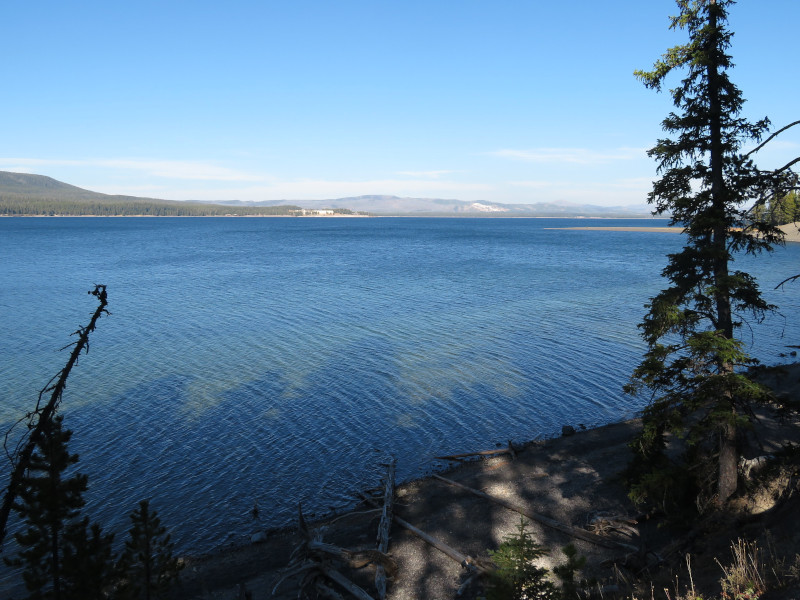
Yellowstone Lake Facts
- This marvelous product of natural geological forces most frequently goes by the highly informative common name of Yellowstone Lake. It’s also known by a few other similar titles, though. These include such alternate terms as Eustis Lake, Sublette’s Lake, as well.
- Regardless of which of these individual monikers one chooses to use, the feature remains a marvel of Nature. It also stands out from similar works of geological actions in its immediate region. That’s because it’s the largest of all such lakes found in the area in which it lies.
- Local populations of Indigenous Peoples long knew of and made use of the stunning site. In fact, archaeological evidence indicates their active presence near and around the gorgeous body of water as far back as 11,000 years ago! At least 26 tribes still claim association with it.
- The earliest known recorded sighting of it by a European explorer, however, only occured in the year 1836. At that time, a trapper named John Colter noted spotting the tarn in his journal. It’s possible, though, that unrecorded sigtings by other trappers happened as early as 1820.
- Today, the breathtaking Yellowstone Lake understandably forms one of the central components of the similarly-named Yellowstone National Park. Given the geography of that site, it also represents the largest freshwater body above 7,000 ft (2,100 m) on its continent.
- Today, the mesmerizing formation constitutes an extremely popular recreational site. This situation, of course, presents multiple complications for those who strive to maintain its pristine condition. The Park Service does its best in this regard, but visitors must do theirs, too.
Related Articles
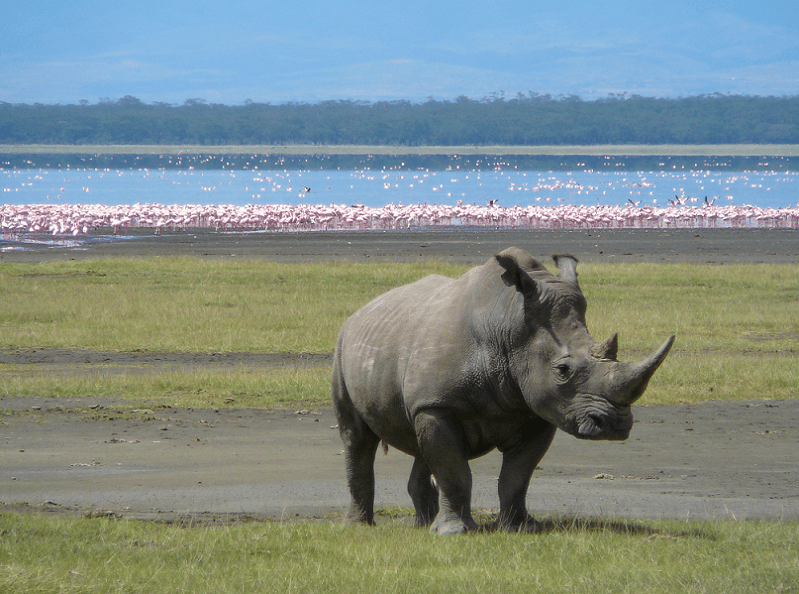
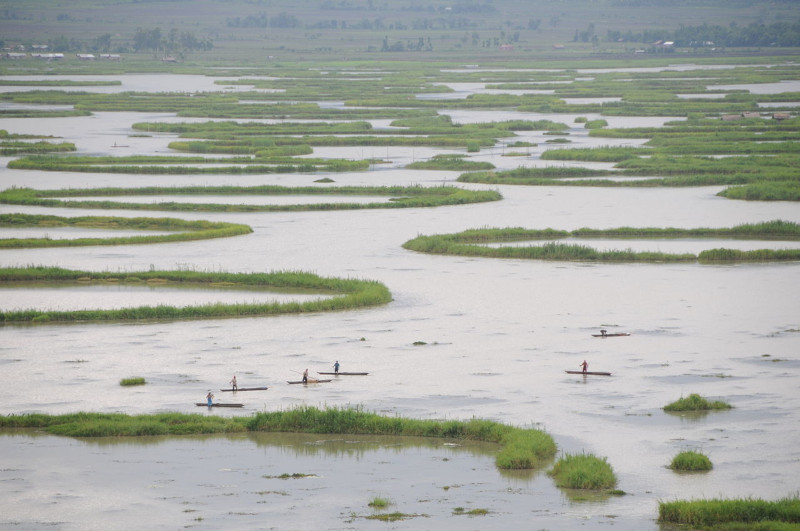
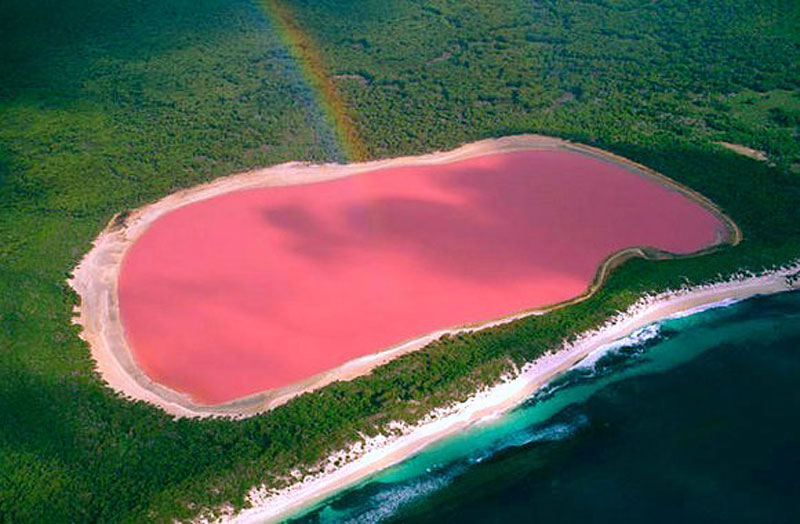
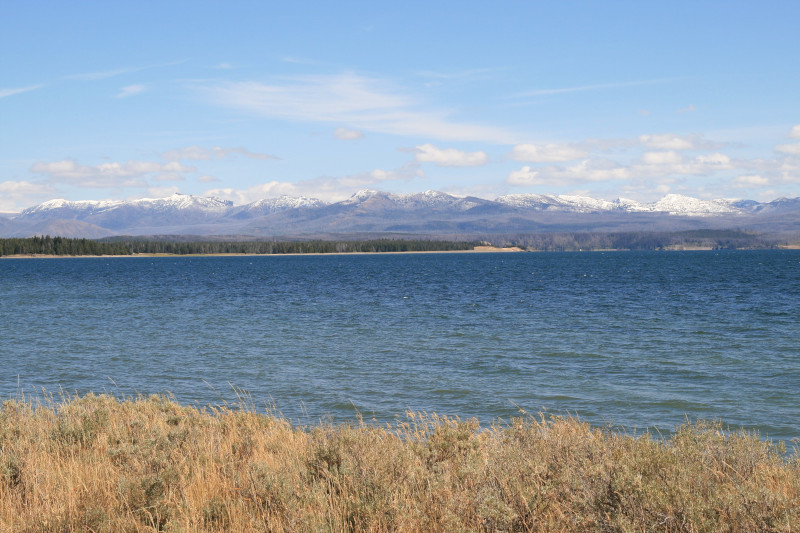
Yellowstone Lake Physical Description
The fabulous Yellowstone Lake quickly immediately captivates and fascinates those individuals fortunate enough to visit the body of water. Yet, unlike some similar features around the globe, it does not do so only due to its beauty, though it certainly possesses that attribute in great quantity.
That’s true since this large body of water boasts some relatively impressive dimensions. Visually, the marvel has a somewhat compressed rectangular shape to it. It also holds a width approximately 70% that of its length. The actual physical boundaries vary significantly around its course, naturally.
In total, though, the beautiful lake measures roughly 20 mi (32 km) in average length. Its width, however, equals about 14 mi (22.5 km). The extent and irregular nature of its shoreline provide it with another remarkable statistic. It boasts a total of approximately 141 mi (227 km) coastline.
All of these amazing statistics serve to provide the eye-catching Yellowstone Lake with yet more attention-grabbing qualities. The beautiful pool displays a surface area that averages roughly 132 sq mi (342 sq km). That naturally varies slightly due to various environmental conditions, though.
The feature’s also moderately deep for a lake of its specific type. The average measurement of this particular aspect equals roughly 139 ft (42 m). In places, however, the floor drops away precipitously. In some of these locations its waters reach depths equaling up to as much as 394 ft (120 m).
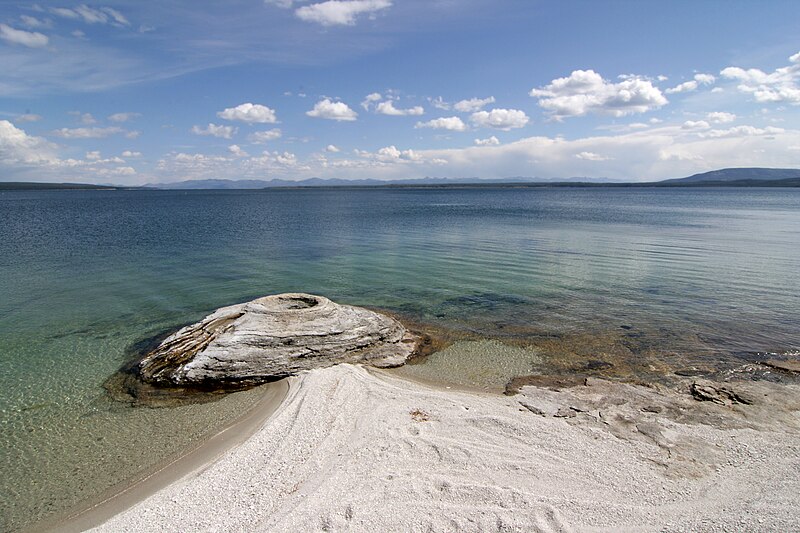
Yellowstone Lake Location, Geology, and Ecology
The remarkable Yellowstone Lake formed in a region of the globe already renowned for its abundance of natural marvels. The exact location of that area of the earth’s surface might still surprise a few people, though. It resides in a gorgeous part of what’s now North America.
More precisely, this geological masterpiece of time and irresistable forces formed within the national borders of the United States. There, it sits in the approximate northeastern portion of the country. Nature further created it in the northwest corner of the state of Wyoming, near the border.
The surface of this stunning lake typically remains quite placid and serence, yet what lurks beneath remains quite different. Its waters merely serve as a figurative mask for what lies beneath. That’s because the bottom of the formation boasts features similar to the rest of the amazing region!
An incredible array of underwater hot springs, fumaroles, and even geysers dot the individual sections known as Mary Bay, Sedge Bay, and West Thumb. Mary Bay additionally hosts multiple hollow silica chimneys. Meanwhile, Bridge Bay holds rock spires, some reaching up 20 ft (6.1 m) tall.
The impressive Yellowstone Lake also hosts a thriving ecosystem of its own. Several native species of fish appear within the waters of the formation. Cutthroat Trout represent the most abundant of these, with the local population presently being the largest known to exist in North America.
This marvel of Nature also plays a role of vital importance in the lives of numerous other animals, as well, mainly mammals. Larger creatures commonly present include bison, bighorn sheep, and elk. Yet smaller one’s such as the North American Beaver, otters, and weasels also frequwntly abound.
Features Sharing Its Region
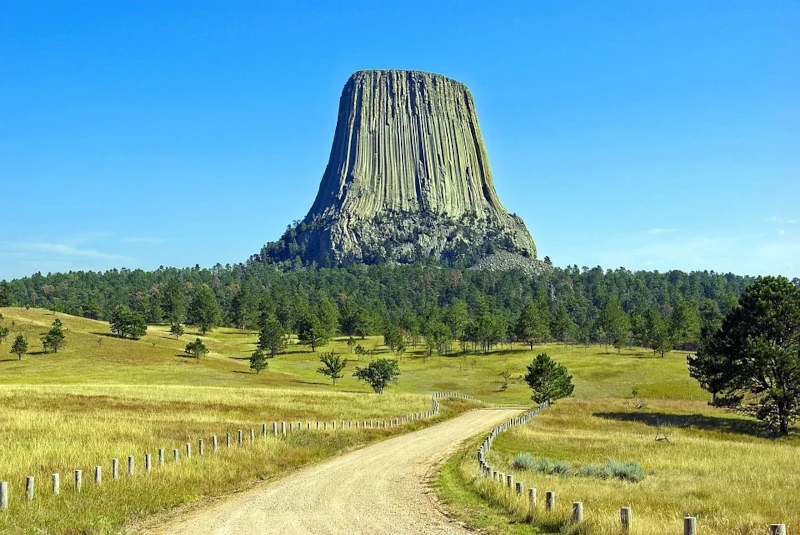
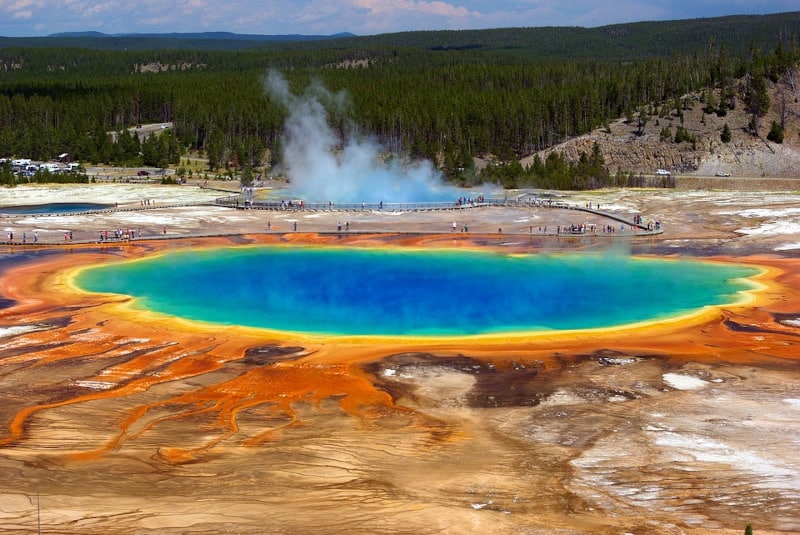
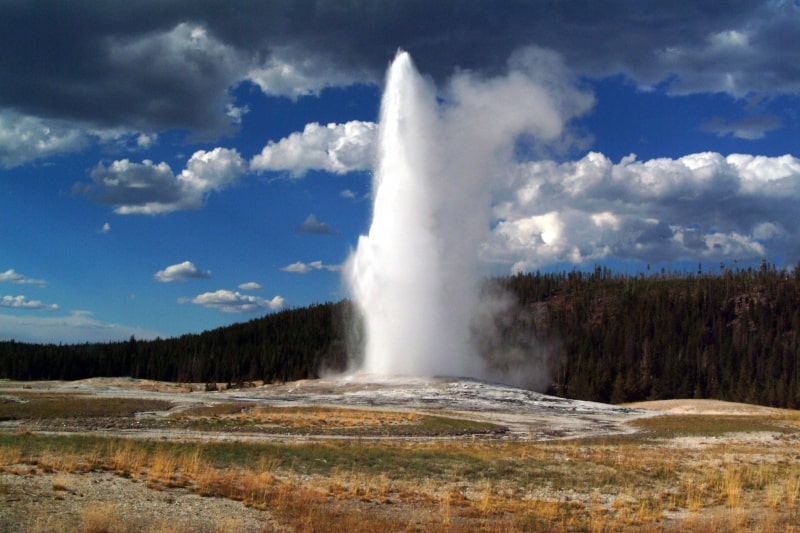
Check out our other articles on 4 Magical European Moths, Marbled Polecat, Table Mountain, Oceanic whitetip shark, Orange Jewelweed, Australian Painted Lady, Philippine sailfin lizard









Leave a Reply